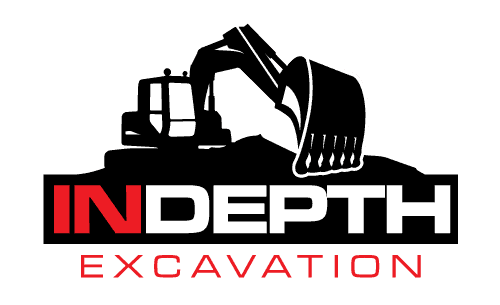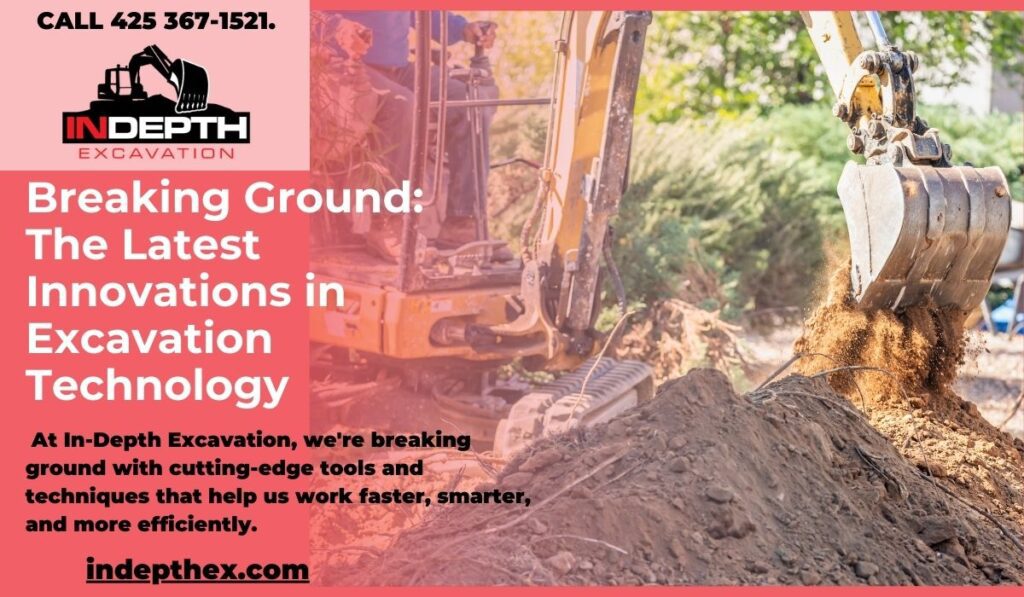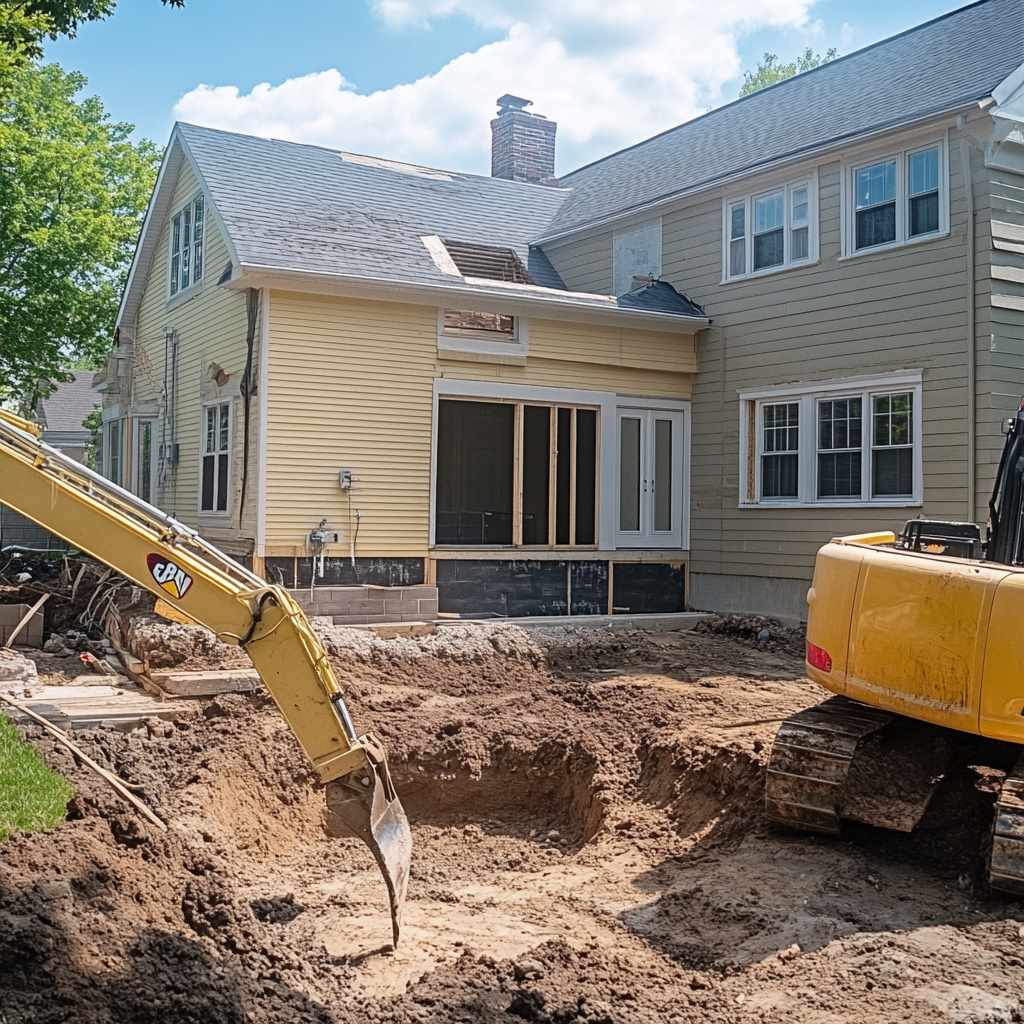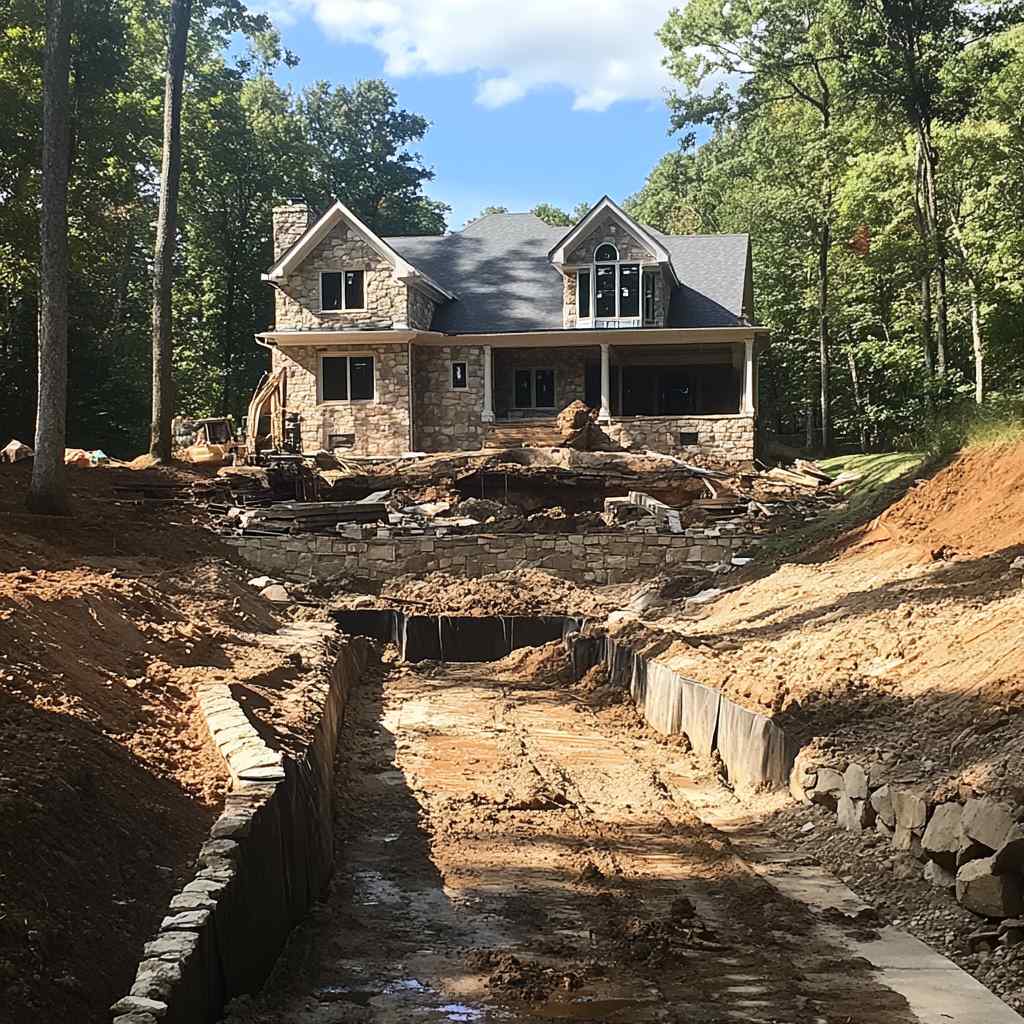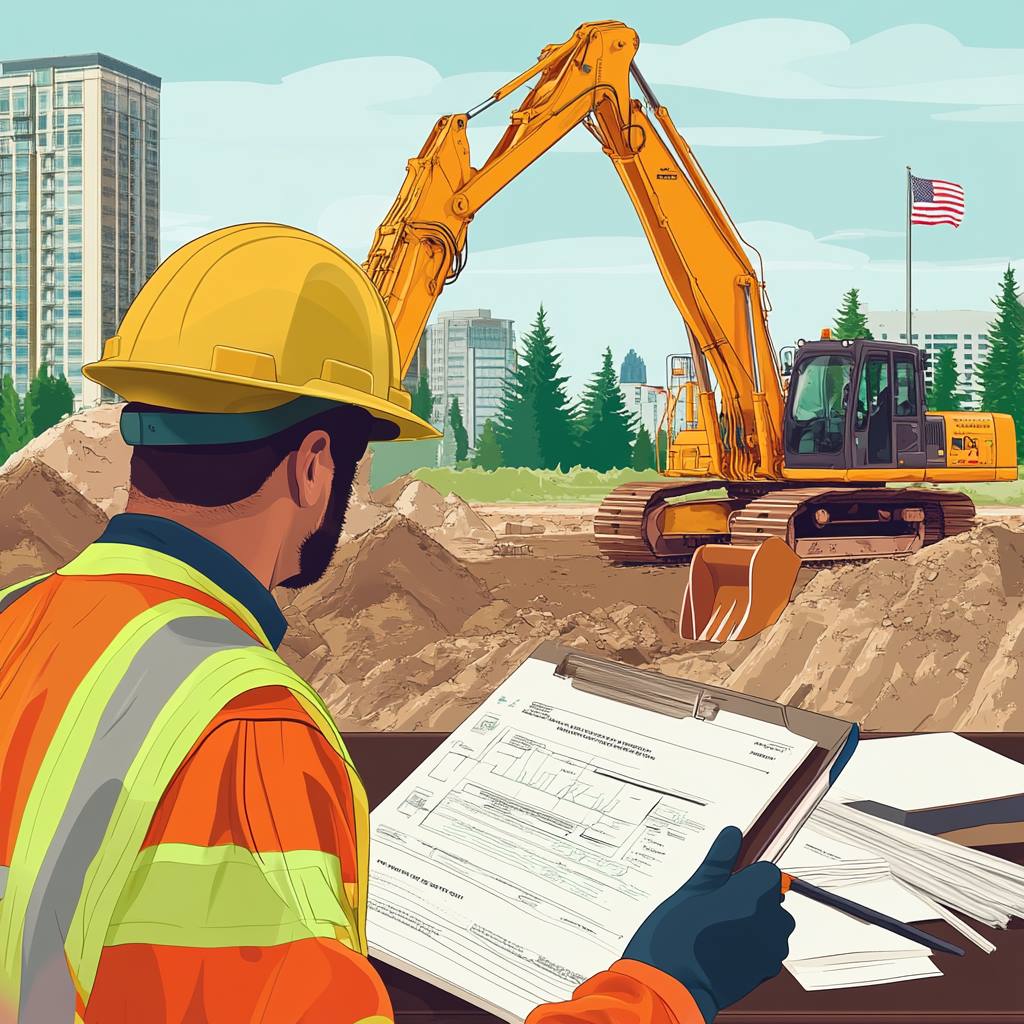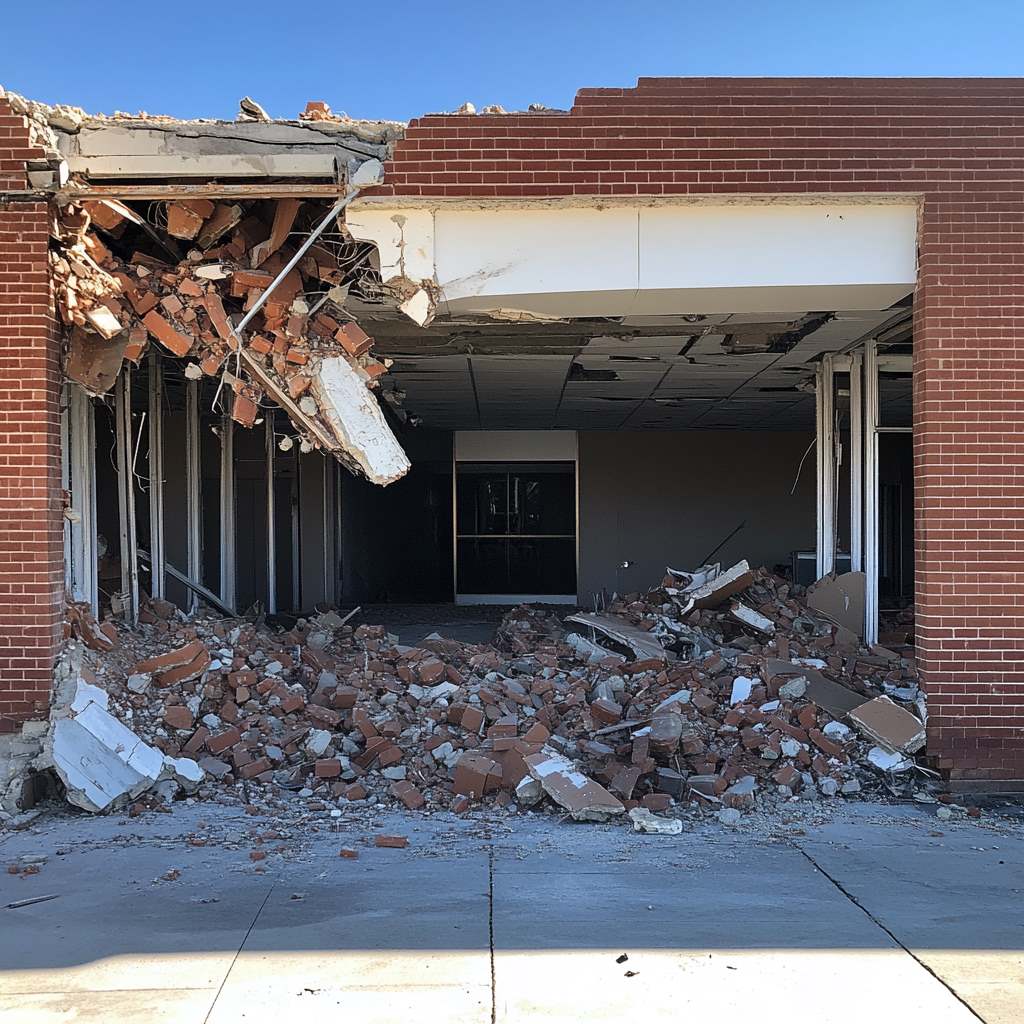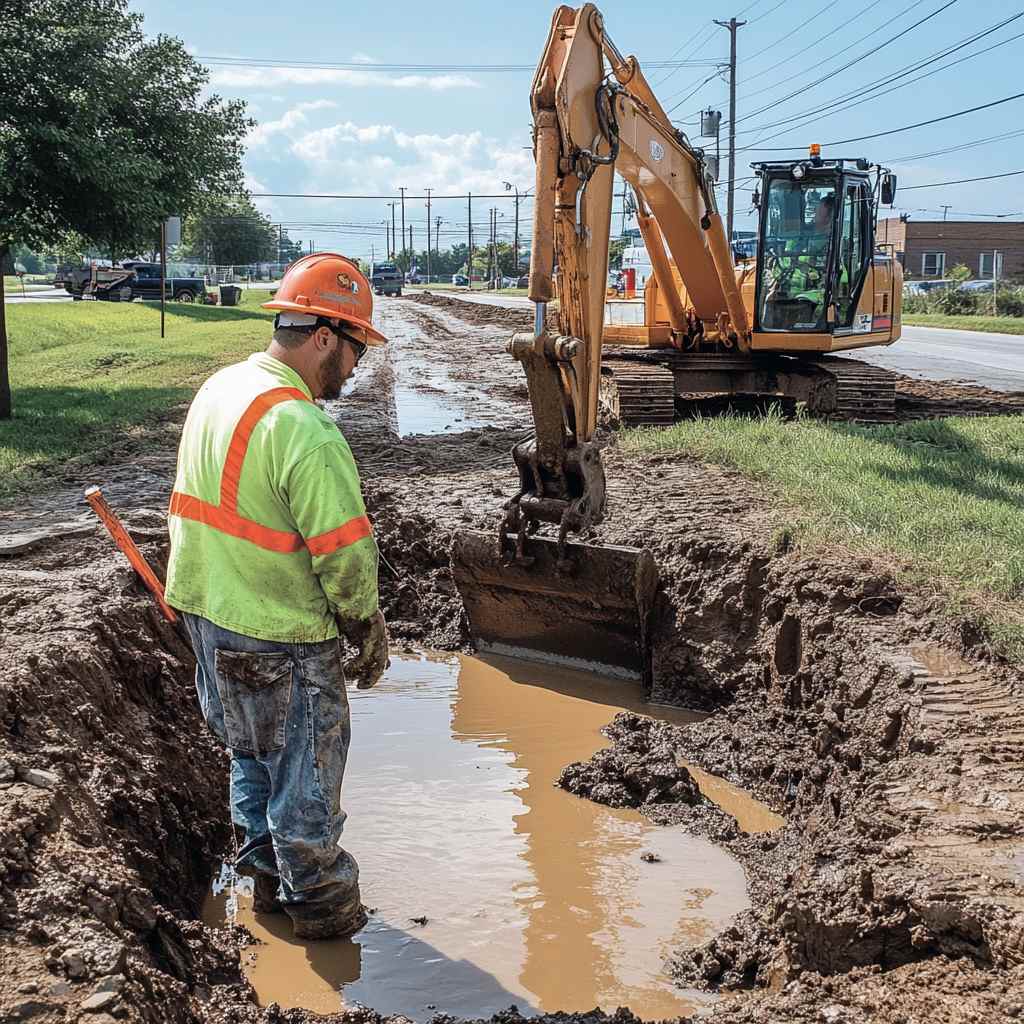Breaking Ground: The Lateast Innovations in Excavation Technology
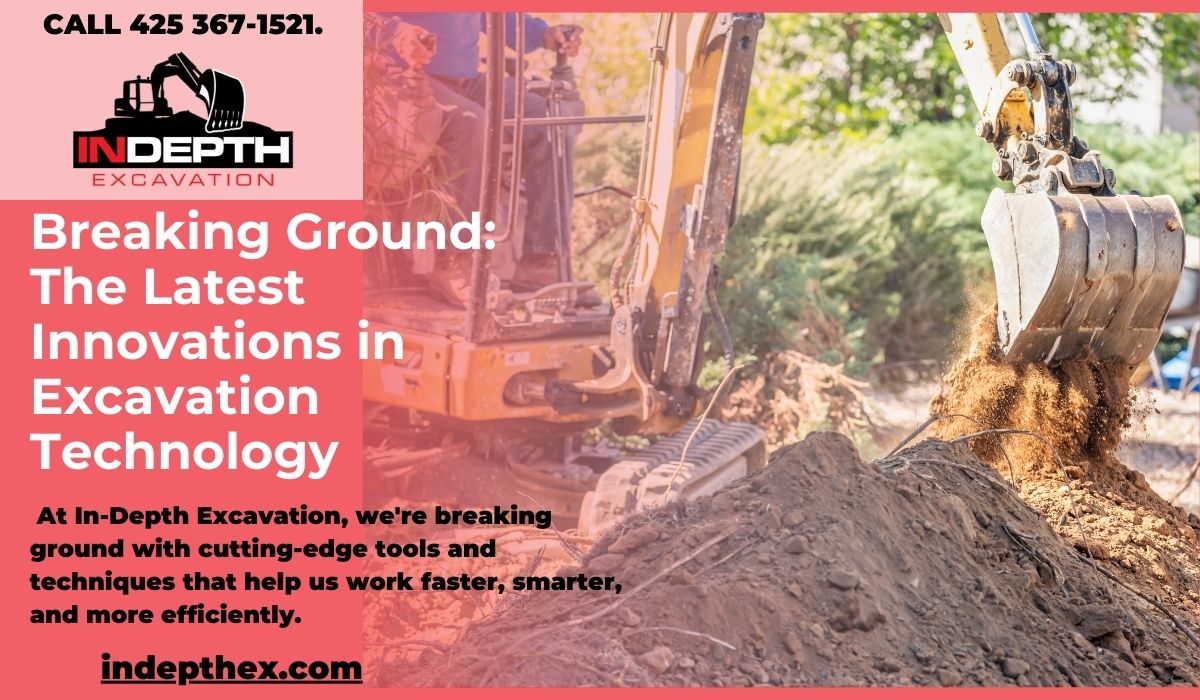
Have you heard about the latest innovations in excavation technology? At In-Depth Excavation, we're breaking ground with cutting-edge tools and techniques that help us work faster, smarter, and more efficiently.
Excavation is an essential part of any construction project, but it can also be a time-consuming and labor-intensive process. At In-Depth Excavation, we believe that technology can play a vital role in improving our work and delivering better results to our clients. That’s why we’re constantly exploring and investing in the latest innovations in excavation technology.
In-Depth Excavation is committed to staying ahead of the curve by exploring and investing in the latest innovations in excavation technology. By utilizing cutting-edge tools and techniques, we are able to work faster, smarter, and more efficiently, delivering better results to our clients.
One of the most exciting developments in recent years is 3D modeling. With advanced software, we can create a detailed digital model of the site we’re working on before breaking ground, reducing the risk of errors and delays. By identifying potential problems and designing solutions in advance, we can avoid costly issues and ensure a successful project.
Another significant innovation in excavation technology is GPS-guided equipment. This technology allows us to precisely control the movement of our equipment, improving accuracy and reducing the time and labor required to complete a project. GPS-guided equipment also helps us to work more safely by avoiding underground utilities and other hazards.
In addition to utilizing drones to gather aerial images and data of the site, we’re also using cloud-based software to manage our projects more efficiently. This allows us to share information and collaborate with our clients and partners in real-time, improving communication and reducing the risk of errors.
At In-Depth Excavation, our commitment to technology and innovation is setting new standards in the excavation industry. By investing in the latest innovations, we are able to break ground and deliver exceptional results for our clients.
Ground Penetrating Radar
Ground penetrating radar (GPR) is a non-invasive imaging tool that uses radio waves to scan the ground. GPR can be used to find utilities, buried objects, and even underground objects.
GPR works by sending out pulses of electromagnetic energy into the earth through an antennae attached to a transmitter unit on top of your excavator or backhoe. As these pulses penetrate into the soil, they bounce off any hard surfaces beneath them and return information about what’s beneath your feet back up to your receiver unit for analysis. This process allows you to see what’s below without having to dig up every inch of soil!
Vacuum Excavation
Vacuum excavation is a method of digging that uses suction to remove dirt. It’s typically used in areas where there are underground utilities or other obstructions that can’t be removed manually.
When you use vacuum excavation, you don’t have to worry about removing the entire top layer of soil before starting work on your project. Instead, you just need enough space for the equipment itself–and once it’s in place, all you have to do is turn on the power!
The suction generated by a vacuum excavator pulls loose material from below ground level up through an opening at one end of the machine (called an intake). There are two types of vacuums: wet vaults and dry vaults. A wet vault uses water pressure combined with suction through pipes connected directly into sewer lines; dry vaults rely solely on their motors’ horsepower and internal fans for removal efficiency
Laser Scanning Technology
Laser scanning is a technology that uses a laser to create a 3D map of the ground. The laser scans across the surface of your property and records its position, creating an accurate representation of what’s beneath the surface. This information can be used for many purposes, including locating underground utilities like gas lines and water mains. It can also be helpful in detecting buried objects like pipes or cables–and even people!
We use this innovative tool at In-Depth Excavation because it allows us to work faster than ever before while still maintaining safety standards
Grab Screed
Grab screed is an attachment that can be attached to the front of a bulldozer. It’s used to smooth out the ground after it has been dug, making it level and flat. Grab screed can be used on top of concrete, asphalt, or dirt.
In addition to making your project look better overall, using grab screed will also help you save money in the long run because you won’t need as much fill material for leveling purposes–the soil will already be in place!
Hydroseeding
Hydroseeding is a technique that allows you to cover the land with mulch, seeds, or both. It’s ideal for landscaping projects because it helps prevent erosion and runoff by absorbing rainfall. Hydroseeding also improves soil quality by adding organic matter such as compost or manure into the ground.
Hydroseedings are made up of two parts: an aggregate material like sand or gravel; and seed mix (often containing grasses). Hydroseedings are applied with specialized equipment called “hydro-guns” which spray out these materials onto bare areas of earth at high pressure levels–sometimes up to 500 pounds per square inch!
There are lots of ways to dig faster and better.
There are lots of ways to dig faster and better. Here are some of them:
- Ground penetrating radar (GPR) is a non-invasive method for assessing soil conditions before excavation begins. It uses electromagnetic waves to detect buried objects or changes in underground material such as cement or concrete. GPR is especially useful for detecting old utilities, such as water pipes, electrical wires, and cable lines–and even human remains!
- Vacuum excavation uses suction pumps to remove dirt from around underground utility lines without damaging them or digging up other buried objects like rocks or tree roots that could cause damage later on if left exposed during excavation work.
This technique can also be used when removing contaminated materials from an area where they’ve been dumped illegally into the ground without permission from city authorities first.
Laser scanning technology uses lasers instead of traditional methods like tape measures (which use rulers) because they’re more accurate than any other measuring device available today.*
We’re excited about the future of excavation and can’t wait to see what it holds. If you have any questions about our services or want more information on how we can help you with your next project, please don’t hesitate to contact us today!
We invite you to take a look at our project gallery for
Excavation, Land Clearing & Grading, Demolition, Side Sewers & Water Lines, Driveways
